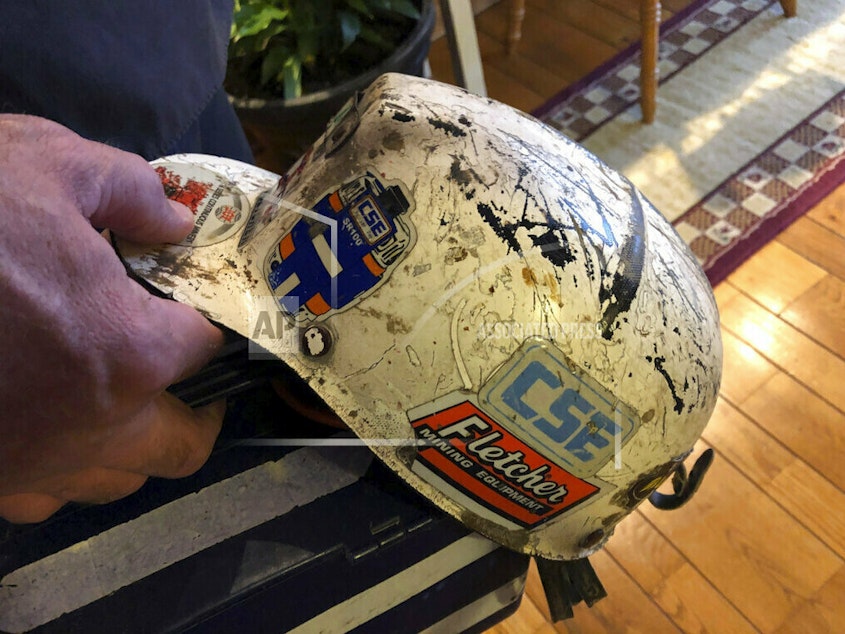Coal miners would be protected from black lung disease under proposed silica rule

The Labor Department is proposing a new rule limiting miners' exposure to silica – a toxic dust created by cutting into rock that has been linked to a recent epidemic of severe black lung disease among coal miners.
"The purpose of this proposed rule is simple: prevent more miners from suffering from debilitating and deadly occupational illnesses by reducing their exposure to silica dust," Assistant Secretary for Mine Safety and Health Chris Williamson said in a statement.
The move comes after decades of regulatory inaction highlighted in an NPR/FRONTLINE investigation in 2018.
The investigation found evidence of an outbreak of a severe form of black lung disease called progressive massive fibrosis – in numbers far more extensive than federal monitors had reported. Decades of dust collection data also showed that miners had been exposed to excessive amounts of silica thousands of times.
The silica problem comes from coal miners cutting into sandstone as they mine coal, generating dust. Those dust particles are sharp, and can lodge in the lungs permanently. There has been more sandstone being cut in recent years, as the larger coal deposits in Appalachia are exhausted.
Despite that, the Mine Safety and Health Administration kept an old regulation that did not directly address silica.
The new rule, if enacted, would change that, limiting exposure to the dust over an eight-hour shift, and requiring employers to take corrective action if they exceed the limit. The new limit is 50 micrograms per cubic liter of air. That's the same figure used in federal regulations covering other types of workplaces, such as construction sites.
"The proposed rule change will ensure miners have at least the same level of protections as workers in other industries," the Labor Department said.
In those other industries, the Occupational Safety and Health Administration "determined that [50 micrograms per cubic liter] was the lowest feasible limit that affected industries could reasonably meet, but concluded that significant health risks still exist at this lower limit," a Labor Department inspector general report said in 2020.
After the NPR/FRONTLINE investigation, researchers compared the lungs of contemporary miners with severe lung disease to the lungs of those who worked decades ago. It showed that modern miners were, in fact, inhaling more silica and driving the epidemic of new cases of severe disease.
The Labor Department plans to hold public hearings on the proposed rule in Virginia and Colorado. [Copyright 2023 NPR]
